As an environmentally friendly material, plastic is widely used in the automotive industry due to its strong plasticity, light weight, and high recycling rate. Whether it is interior parts, exterior parts, or functional structural parts, plastics are increasingly used.
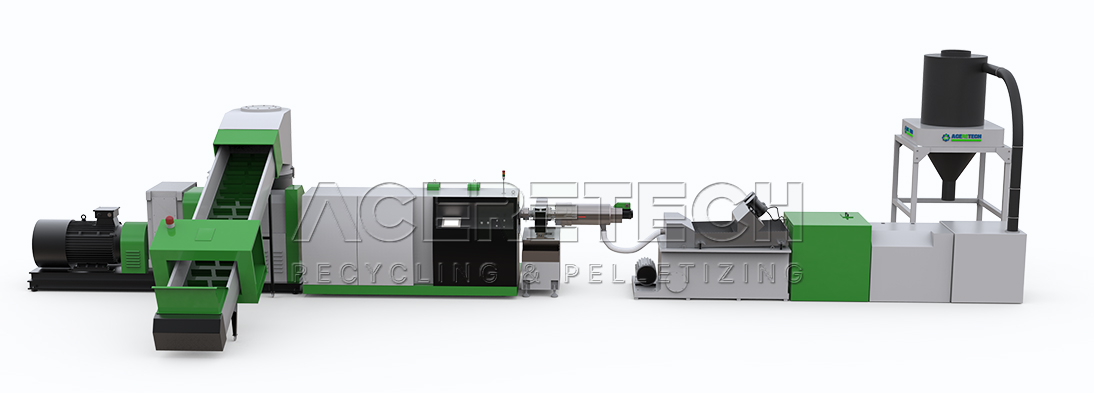
With the continuous improvement of the performance of plastics, in addition to the extensive use of plastics in the production of various interior decoration parts, plastics can now be used to replace some metal materials to manufacture certain structural parts, functional parts and exterior decoration parts. This can not only meet the special performance requirements of some automotive parts, but also meet the requirements of automotive lightweight. At present, plastic materials account for 8% to 15% of the total vehicle mass.
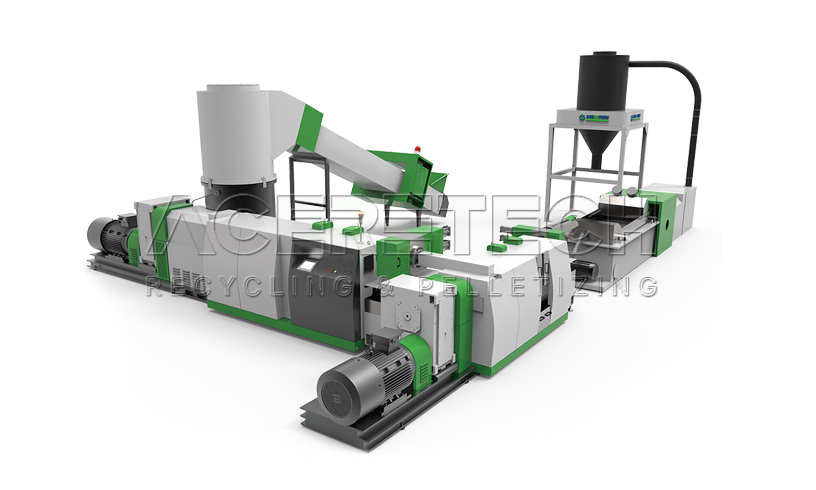
The application of plastics in the automotive field is no longer a new topic. The output and per capita share of automobiles have also increased significantly, and the frequency of scrapping and renewing has naturally increased. In recent years, the recycling of used automobile plastics has aroused great attention from countries around the world. The relevant departments of the Chinese government have attached great importance to it. As early as February 2006, the National Development and Reform Commission, the Ministry of Science and Technology and the State Environmental Protection Administration jointly issued the 《Automobile Product Recycling Technology Policy》 to guide and promote the design, manufacture, Waste, recycling and reuse.
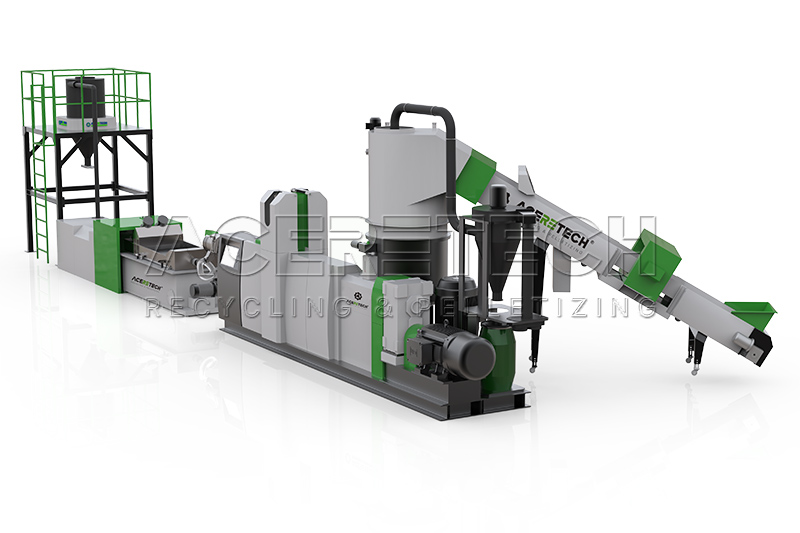
As an environmentally friendly material, plastic is widely used in the automotive industry due to its strong plasticity, light weight, and high recycling rate. Whether it is interior parts, exterior parts, or functional structural parts, plastics are increasingly used.
We list 8 types of representative plastics used in automobiles, and make a simple analysis of their crushing and recycling in production:
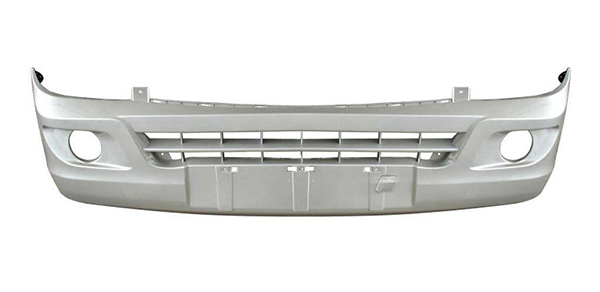
1. Bumpers, dashboards, etc.
Difficult points: special structure, large size, containing glass fiber
Larger components such as bumpers and dashboards are generally reinforced engineering plastics such as ABS, PPO, PP, and PVC. These components will increase the strength of the material by adding glass fibers. Therefore, when crushing and recycling, the abrasion resistance of the crusher cutter and the inner wall of the crushing chamber is relatively high.
In addition, the size of these parts is large. In order to improve efficiency during crushing, most of them currently choose automatic feeding-crushing-transport-automatic separation of dust-one-stop bagging For production line equipment, only one person is needed to complete the work that can be performed by 3-5 traditional workers, and the efficiency is increased by 30-50%.
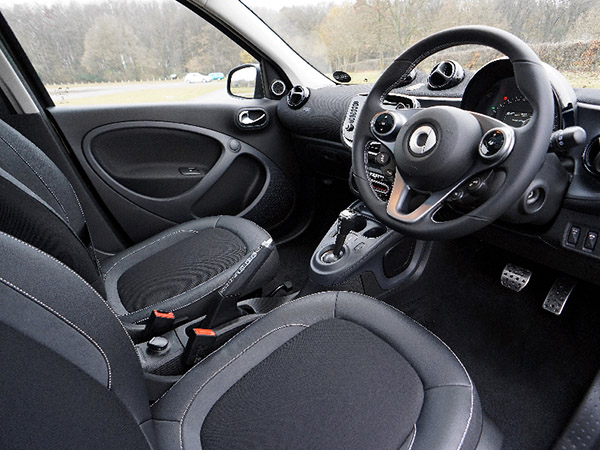
2. Steering wheel, interior handles, door trim panels, door and window seals, fenders, etc.
Difficulties: Elastomer soft glue is not easy to cut
Most of these parts are made of PU (foam), PVC artificial leather, TPV, thermoplastic elastomer, EPDM rubber, etc. The characteristics of these materials are elasticity, strong deformation ability and good feel. During crushing and recycling, these materials present difficulties such as the difficulty of cutting soft rubber, sticking to the knife when hot, blocking, and not cutting.
How to choose an elastomer crusher?
Elastomer-specific grinders must be used. Different from ordinary crushers, this crusher is designed for elastomers and rubbers. It is matched with the characteristics of soft rubber in the material of the cutter, the cutting angle, the speed, and the assembly method of the cutter shaft. Use a special screen to make the feeding smoother. It is understood that in terms of domestic elastomer crushing, Sanchuang Plastic Machine is a relatively unique one.
For temperature-sensitive special elastomers and rubbers (such as low-temperature TPU, high-purity PP, hot-melt adhesives, etc.), a low-temperature environment can be added to reduce physical changes caused by temperature rise.
3.Interior and ceiling
The ceiling is generally made of plastic fiber and plastic wool and linen materials. This fiber material is ultimately made of plastic materials, so it can also be crushed with a pulverizer and then recycled.
What do you need to pay attention to when recycling plastic fibers?
The crushing and recycling of this kind of fiber material is also different from ordinary hard plastics. It has higher requirements on the material of the crushing tools: ordinary hard plastics are generally brittle because of their high hardness. Easy to be powdered; while fiber materials can only be crushed by shearing. Therefore, for the crushing of such materials, special attention should be paid to the choice of tool material and cutting angle.
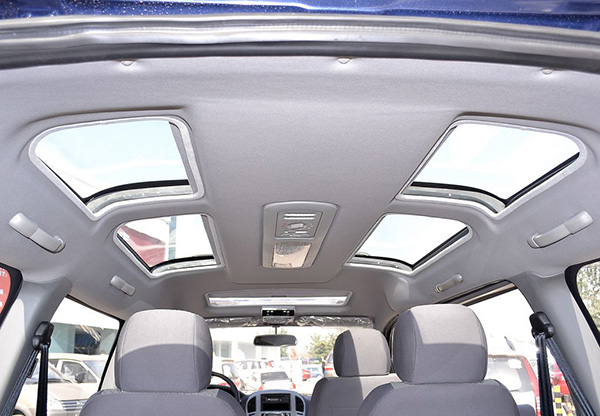 4.Brake pad
4.Brake pad
The brake pad we are talking about refers to the friction block of the brake, which is divided into metal and non-metal.
What is the difference between metallic and non-metallic friction blocks?
Some metal friction blocks are made of metal powder injection molding (MIM). This kind of material has high hardness, strong wear resistance, expensive raw materials, high manufacturing defect rate, and defective products can be recycled after being crushed.
Most of the non-metal friction blocks are made of asbestos, leather, rubber and other raw materials with various adhesives. This raw material can also be recycled by crushing. Even if an adhesive has been added, a special wear-resistant The pulverizer can also be pulverized and reused.
5. Car lights, lampshades
The main considerations of car lights and car cover components are transparency and reflective performance, so the materials used are transparent PC, PMMA, etc. When this kind of material is crushed and recycled, it is necessary to avoid contamination of the raw material by the grinder body, and at the same time, pay attention to separating the dust generated during the crushing. Because if the transparent granules penetrate into the powder, it is likely to cause yellowing or black spots during the molding process.
Ordinary pulverizers are sufficient, but dust removal is required.
This kind of material can meet the requirements when using a common pulverizer, but at the rear end of the pulverization, it is best to add a dust removal device. It can remove more than 90% of the dust while bagging after crushing, so that when the crushed material is reshaped, its performance and molding quality are closer to the raw material.
What has been said above is the defective products in the manufacturing process of auto parts and the recycling of scraps.
The following talks about scrapped cars and the recycling of parts:
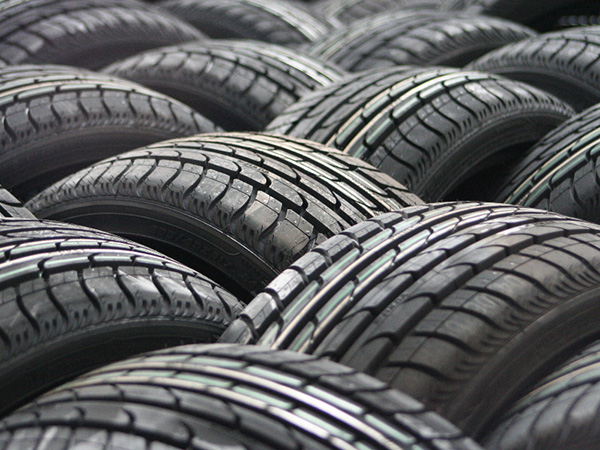
6. Car tires
The decomposition and recycling of tires has now formed an independent industry in China, and has developed rapidly.
The main components of a tire are: rubber, steel wire, and fiber. Among them, the higher recycling value is rubber and steel wire. Rubber particles can be used as materials for paving rubber pavements and safety floors. At present, the market is in short supply. The steel wire can be directly recycled and reused.
Complex tire crushing equipment
The tire crushing and recycling equipment is relatively complicated. It is a multifunctional production line. The entire system can work fully automatically and independently. The tire is decomposed on the production line, and the steel wire and fiber are separated to obtain clean rubber particles. The working process of the whole machine is: whole tire ---- conveying ---- coarse crushing ---- conveying ---- separating steel wire ---- fine crushing ---- conveying ---- separating fiber --- -Rubber bags.
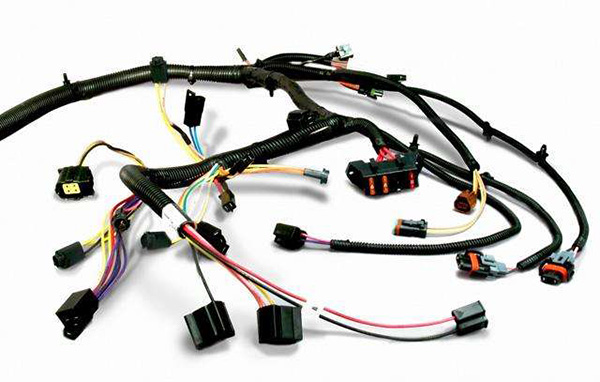
7. Car control line
Although the amount of control line used in cars is not as large as that of plastic, its recycling value cannot be underestimated.
Traditional recycling methods: large pollution, low utilization
The main components of the control line are PVC sheath and copper core. Recycling is only valuable if the two materials are separated. However, because of the uneven thickness and disorder of these control lines, the traditional wire-drawing machines have no effect. The old recycling method was to burn out the outer layer of PVC to get the inner copper wire. This method caused pollution to the environment on the one hand and also waste PVC plastic on the other.
Current recycling methods: high cost performance, low pollution
The copper-plastic separator pulverizes these messy control lines to the size of rice grains, and then uses the different specific gravity of PVC particles and copper particles to sort to obtain clean PVC particles and copper particles. The separation cleanliness of the two materials can reach more than 99%. Both can be directly reused separately, and the entire process uses physical methods without changing the properties of the materials and causing secondary pollution.
8. Decomposition and recycling of scrapped cars
At present, the most advanced car dismantling production line in China can increase the recycling rate of a scrap car to 80%. Its work flow is: axle cleaning-battery removal-Freon extraction-waste oil extraction-door disassembly-car overturn-engine disassembly, etc. Process, 3 workers in a production line, disassembly of an axle car takes about 30 minutes.
After recycling and dismantling, the scrap car will be dismantled and used safely, and it can ensure that there is no secondary pollution to the environment during the disassembly. The disassembled scrap car shell enters the crushing center for crushing, and after crushing, plastic, iron, non-ferrous (such as copper, aluminum), sponge and dust can be separated. Each material can be recycled and reused.
Scientific standard testing professional provides automotive plastic products aging test, life estimation, component analysis, performance testing services, such as: automotive bumper component testing, automotive sealing strip testing, automotive wiper component testing, automotive plastic foot pad aging testing, sealing strip components Analysis, plastic gear testing, automotive bayonet performance testing, etc. Efficient and professional scientific research team—authoritative and complete inspection and certification qualifications—precise and fast analysis services—advanced testing instruments—strong technical strength.
Expert of Car Plastic Recycling Solutions
JIANGSU ACERETECH MACHINERY CO., LTD. is a company specializing in the research and development and manufacturing of waste plastic recycling and pelletizing equipment. It has a complete and scientific quality management system. The company integrates the recycling technology teams including Europe, China and Taiwan to bring the world's leading and mainstream recycling technology to our customers. We always adhere to people-oriented, integrity-based and technology-based!
ACERETECH machinery has successfully reached strategic cooperation agreements with a number of European companies to help them manufacture high-standard and demanding supporting equipment in China and has a high reputation in the European and American recycling field!
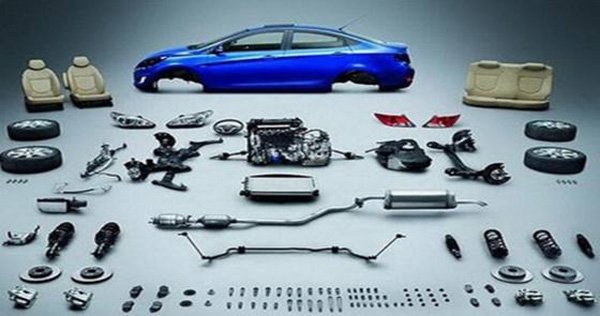





 4.Brake pad
4.Brake pad




.jpg)
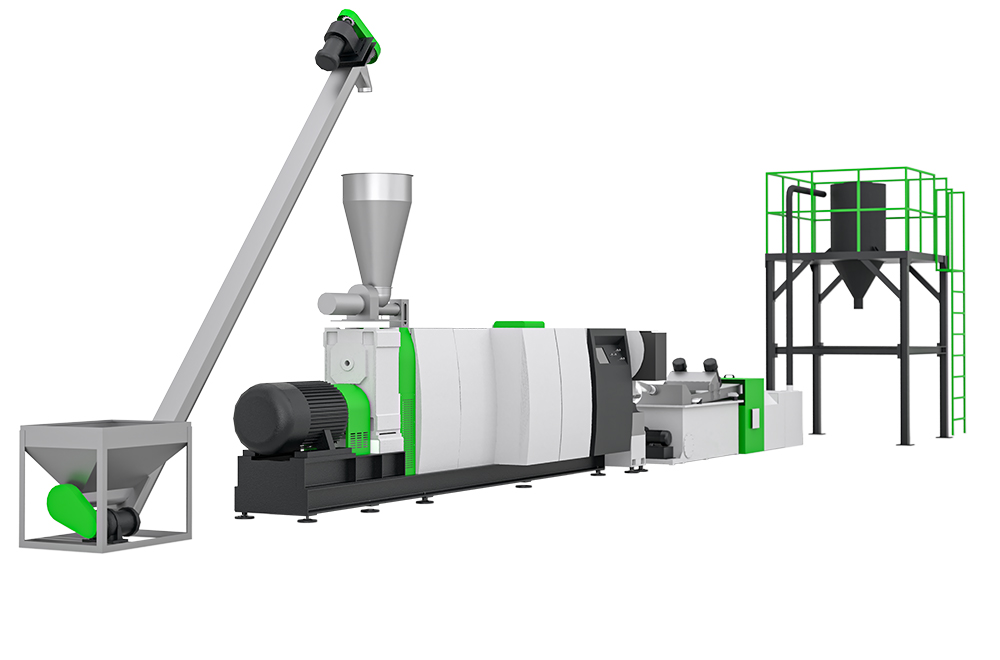
.jpg)
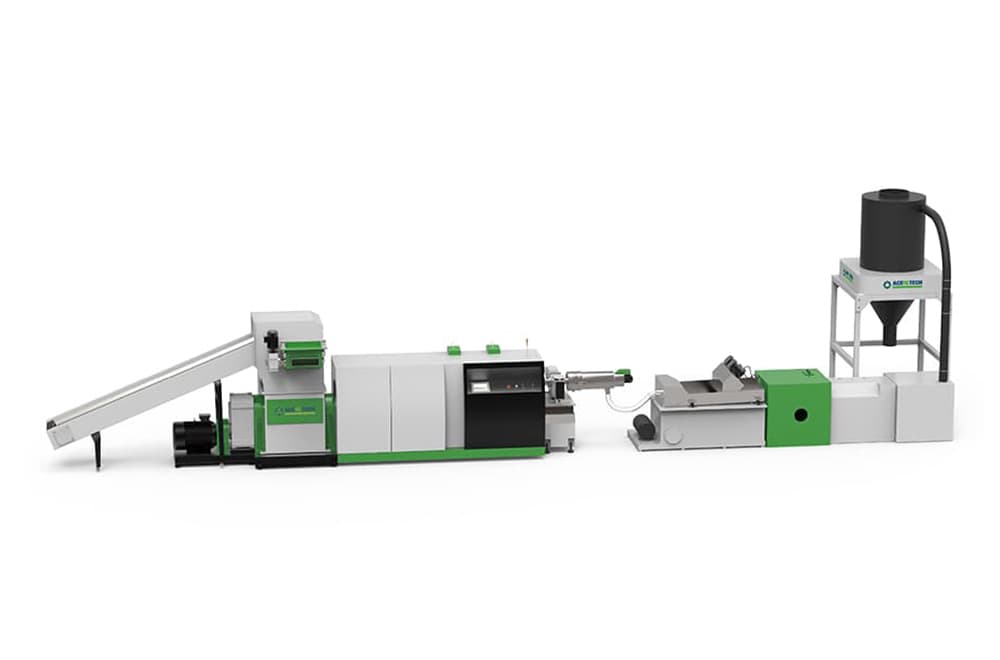
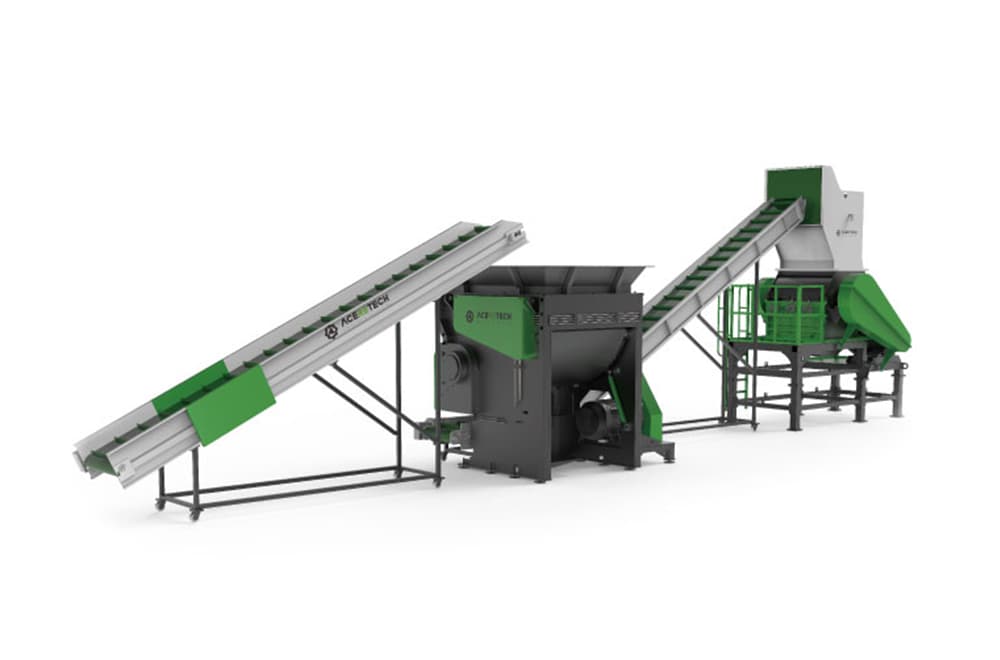
.jpg)
.jpg)
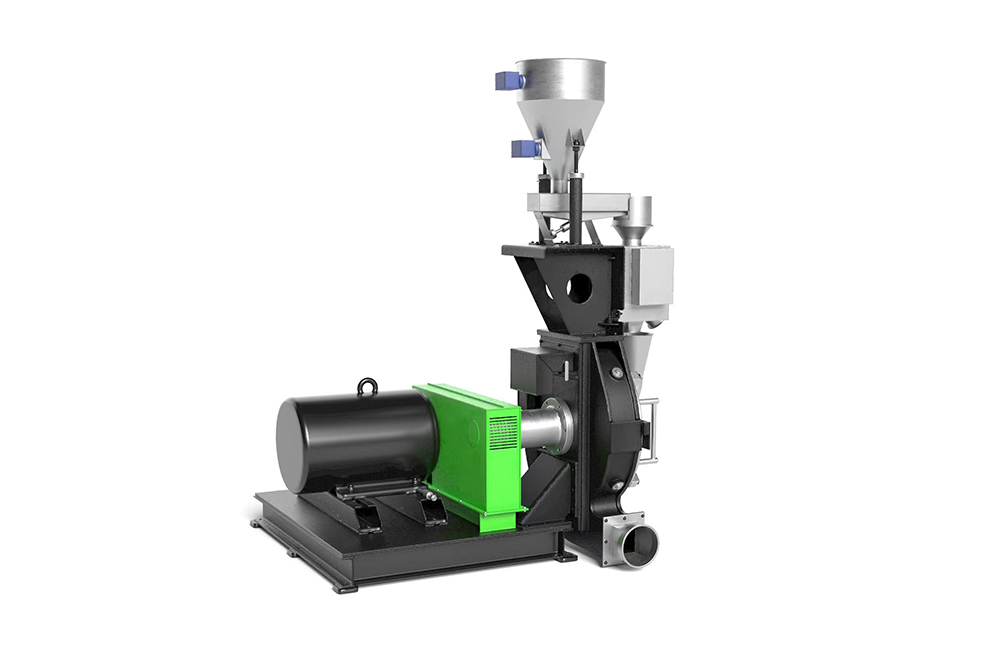
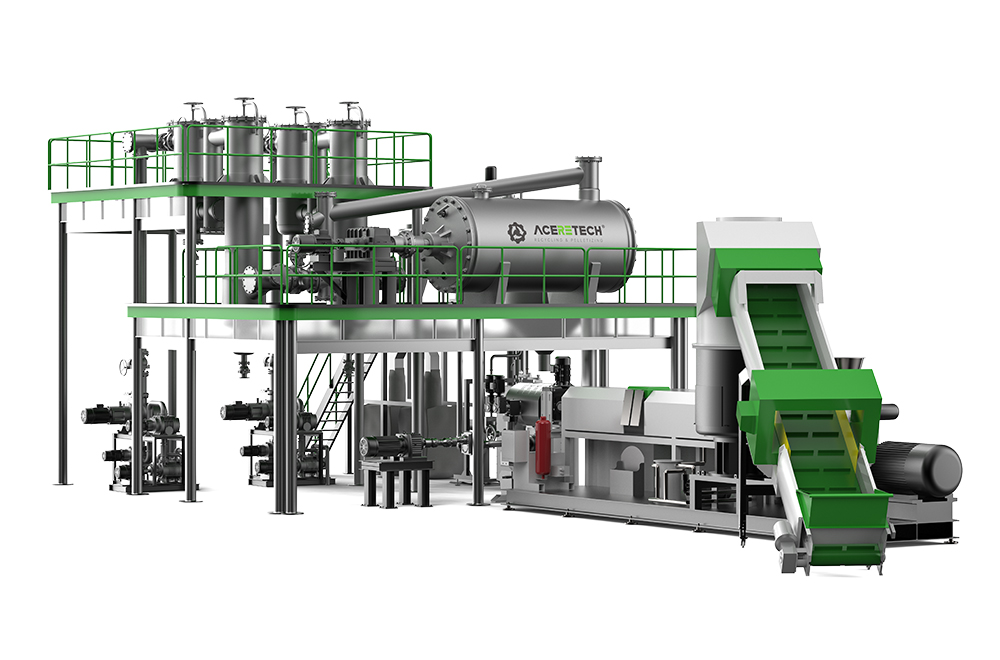
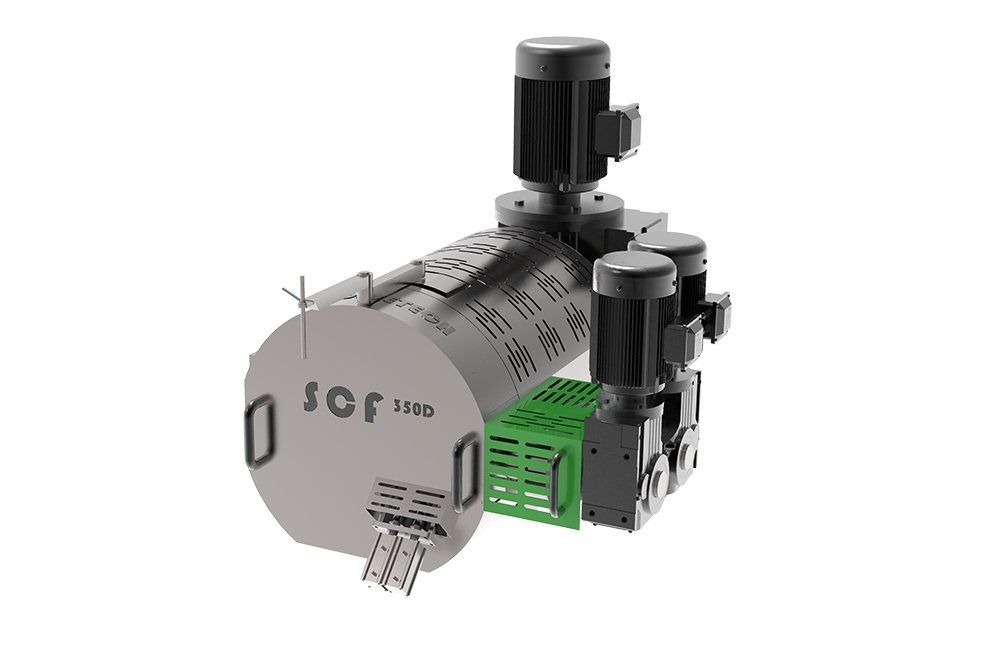

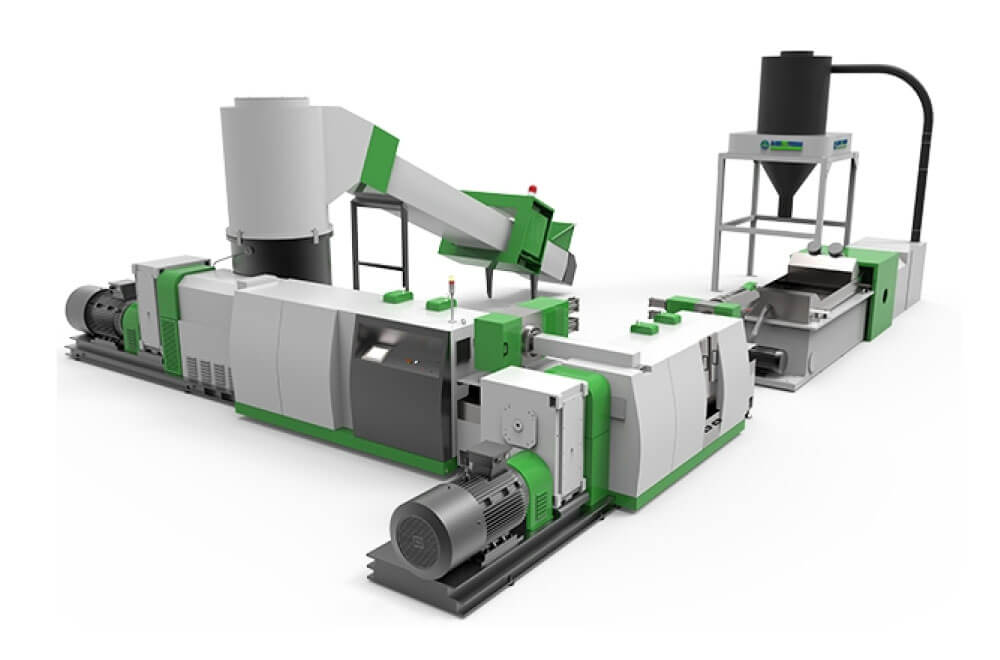
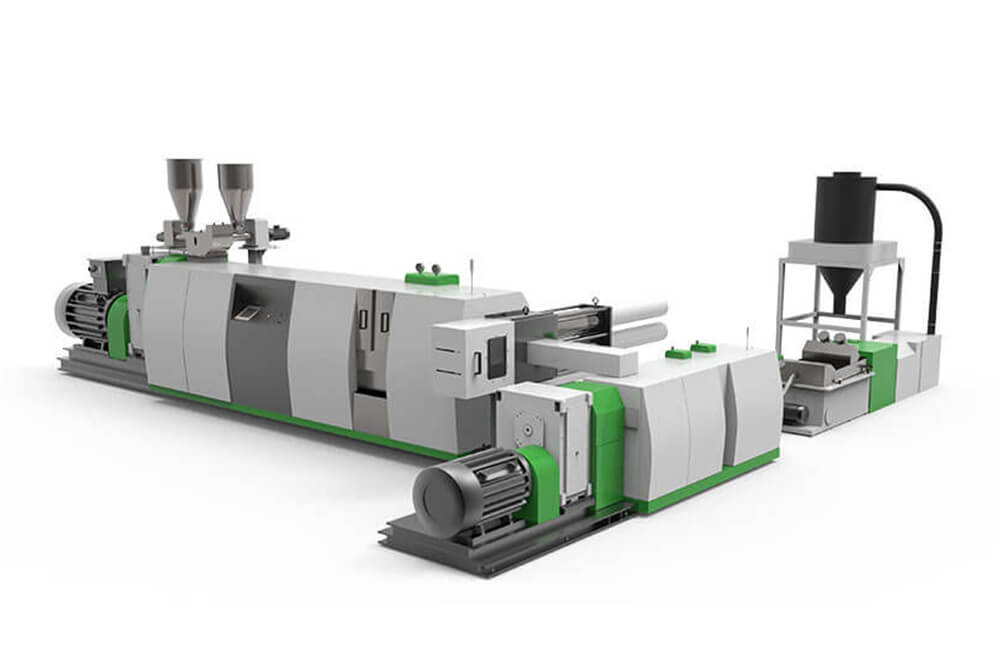
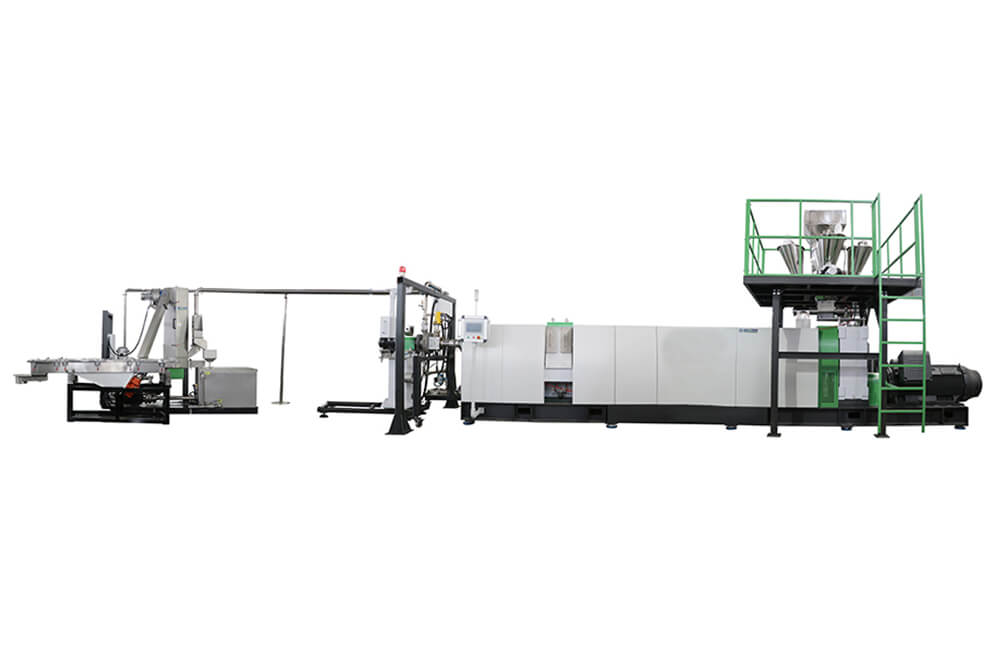
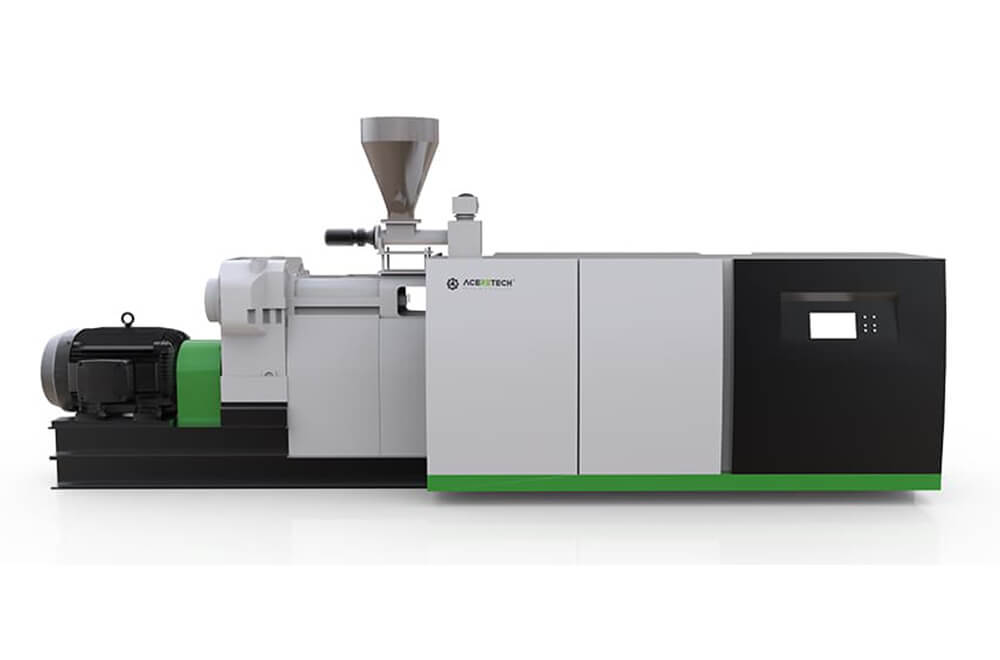
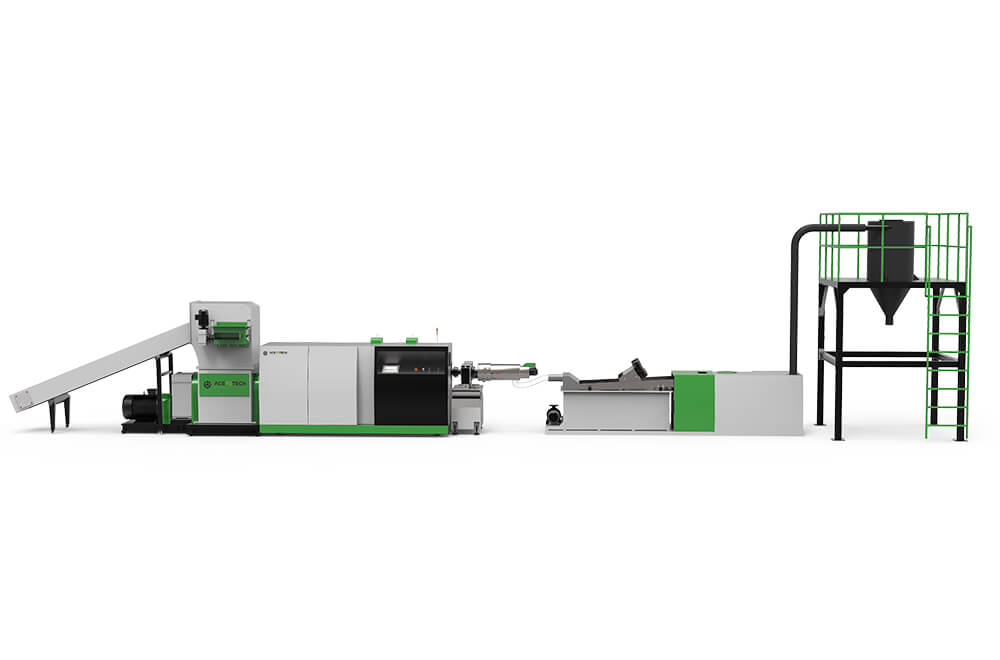
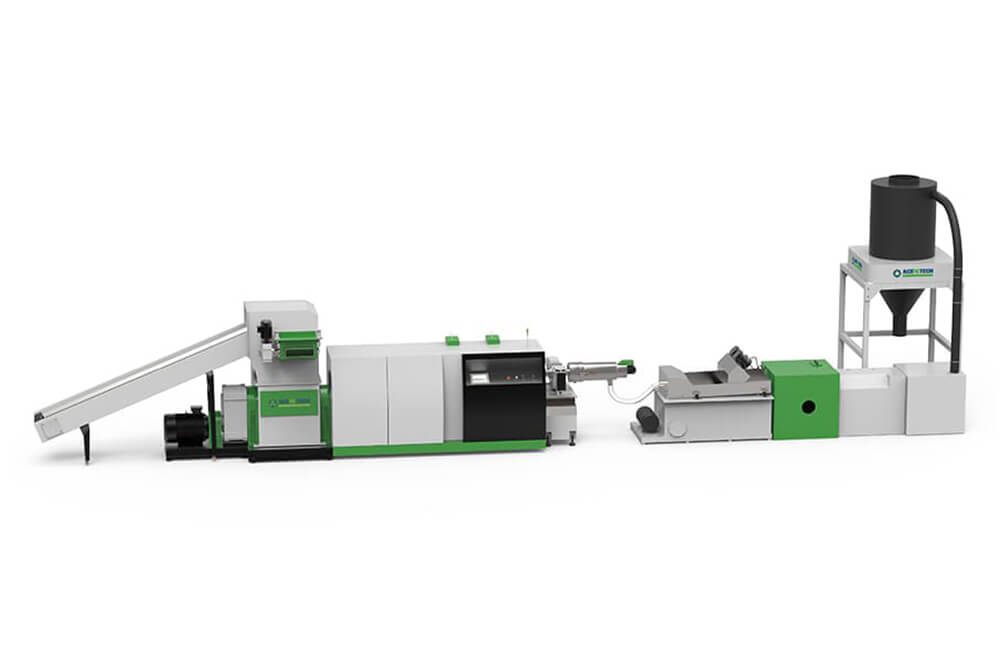

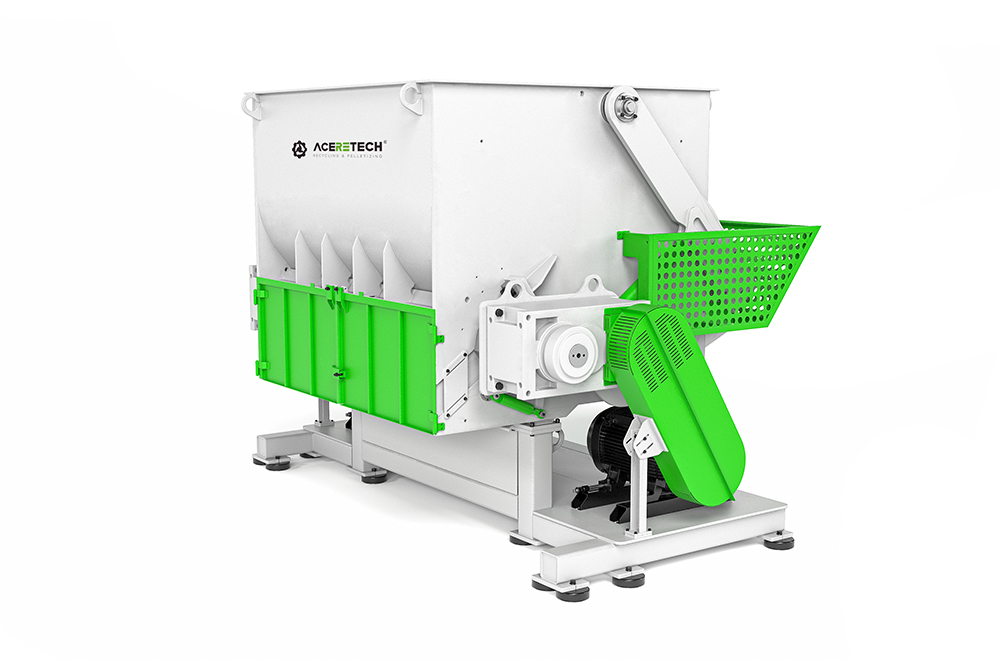
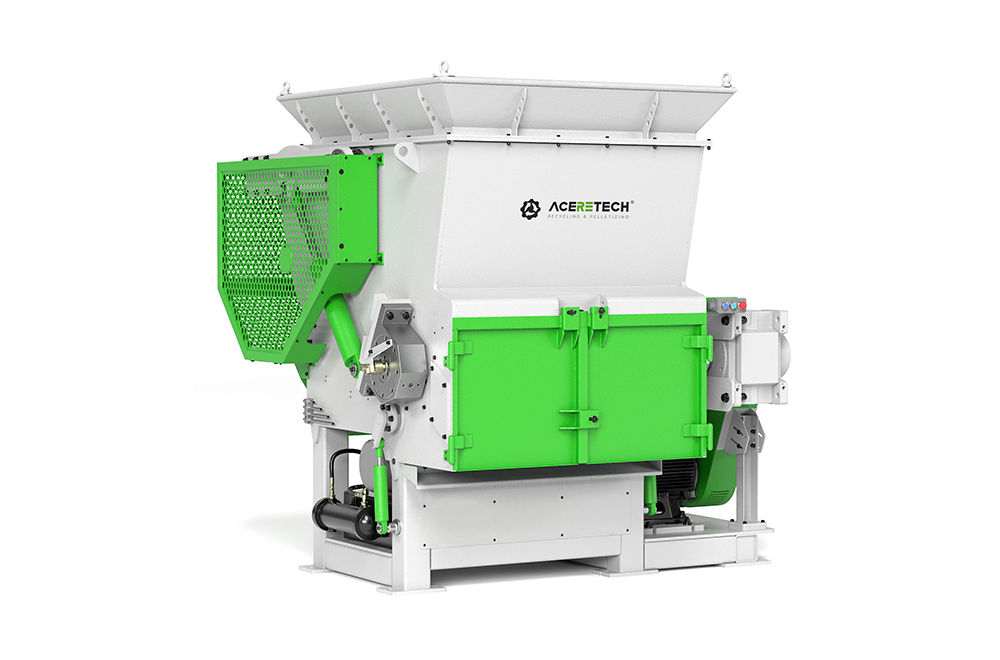
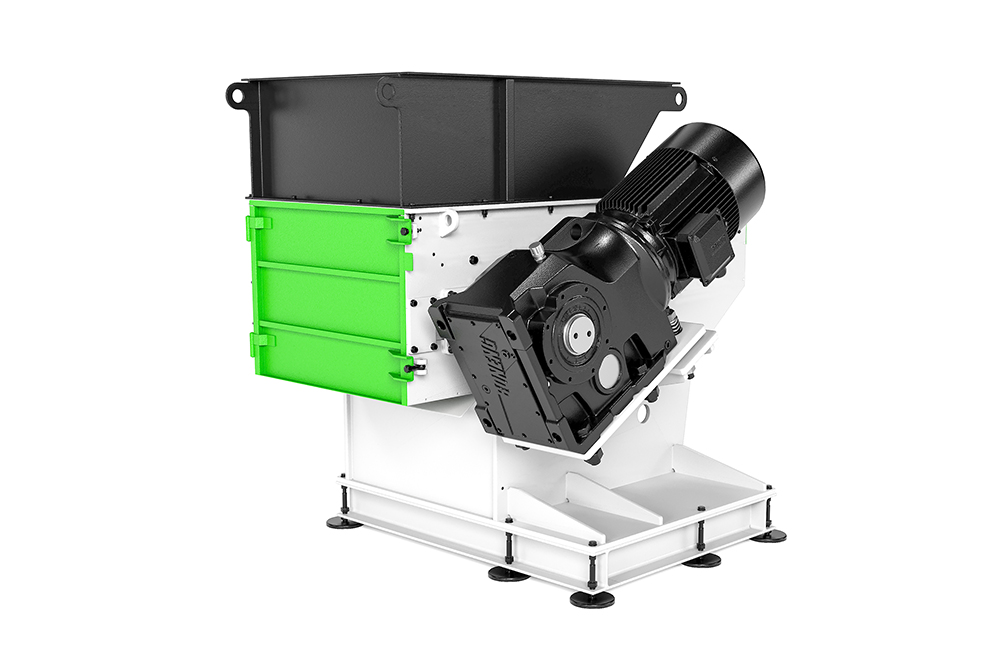
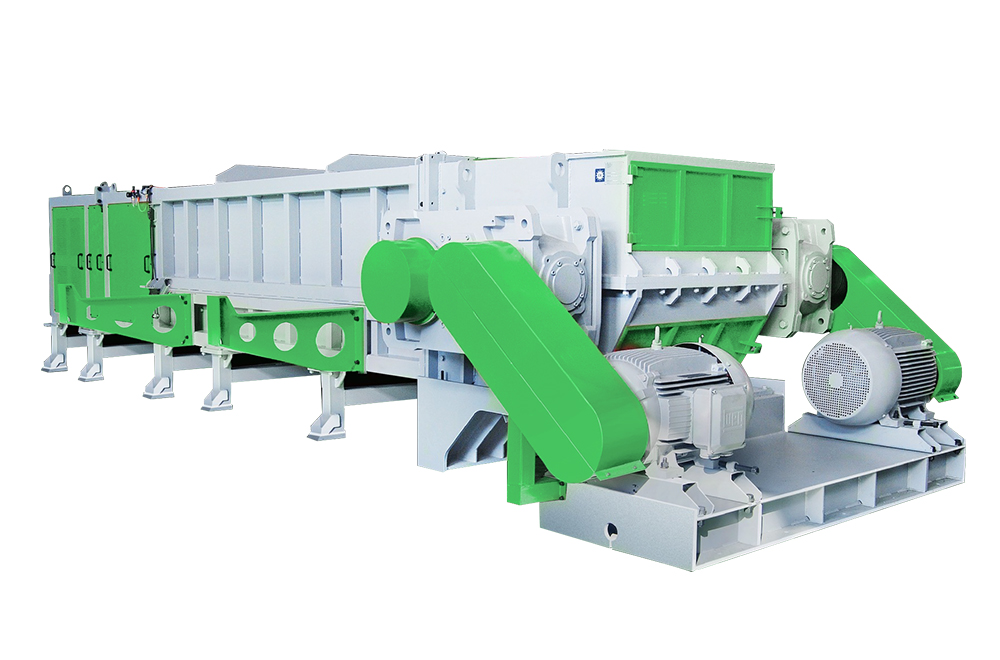
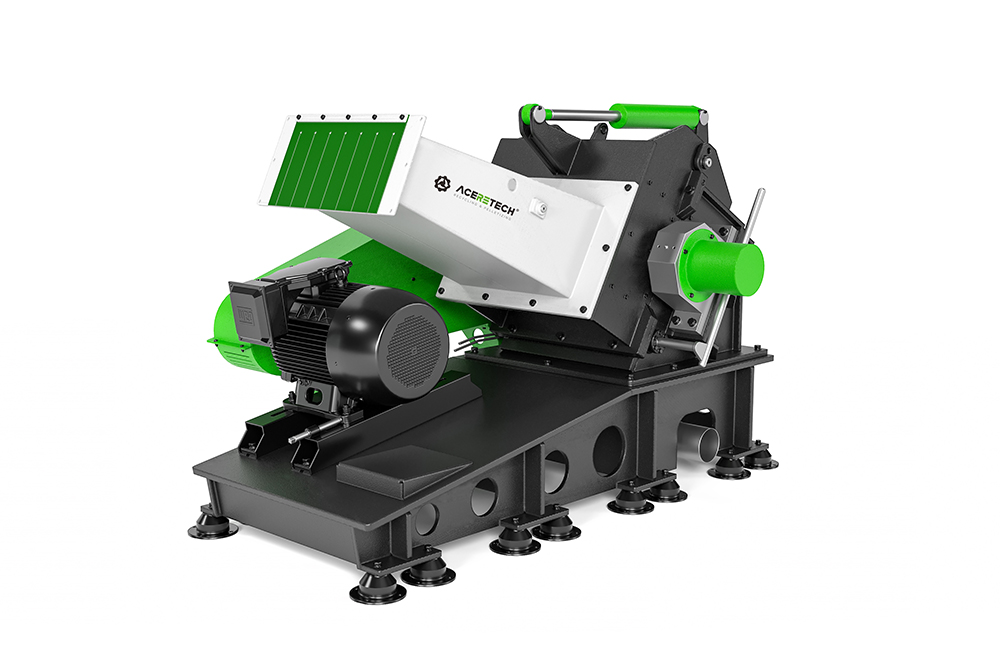
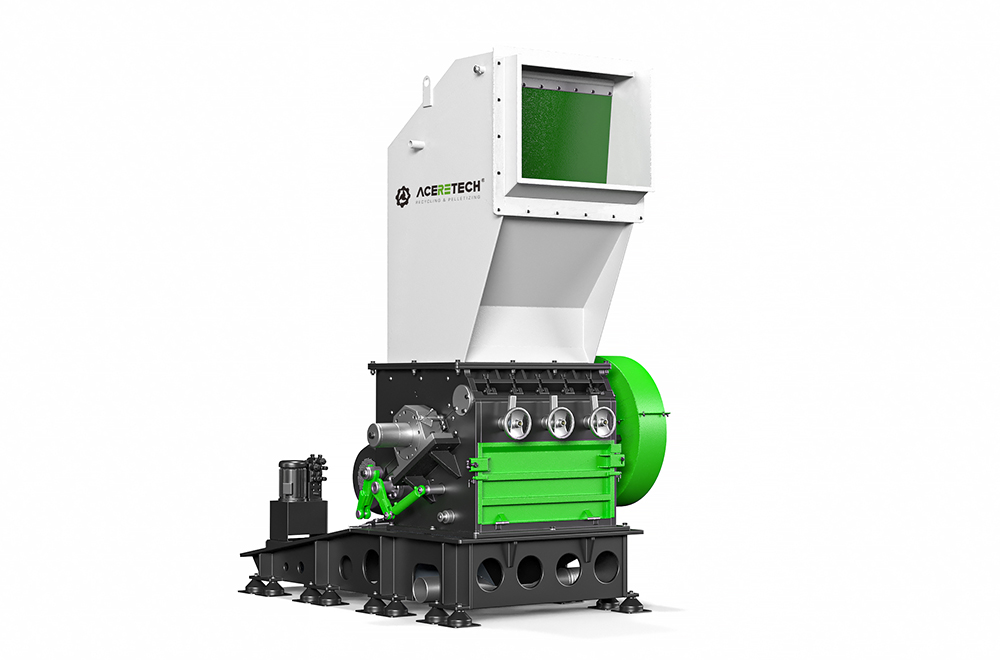
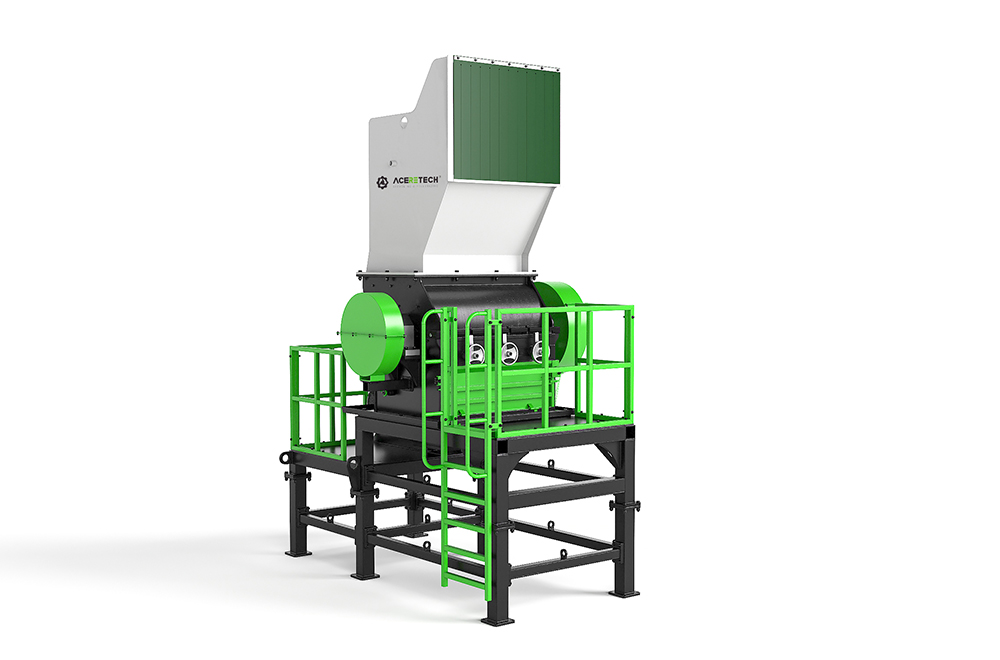
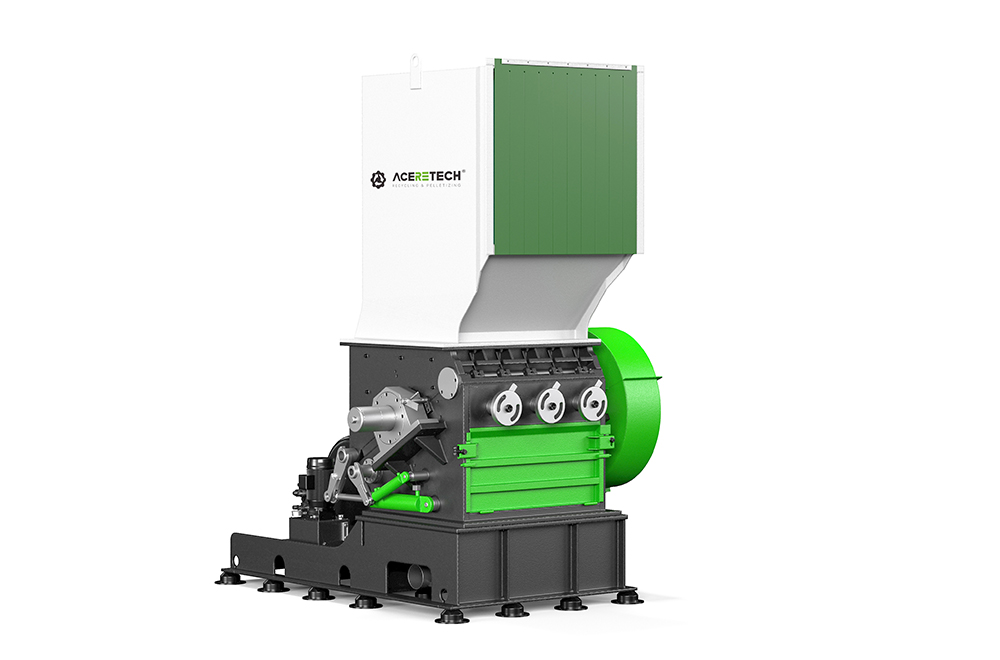
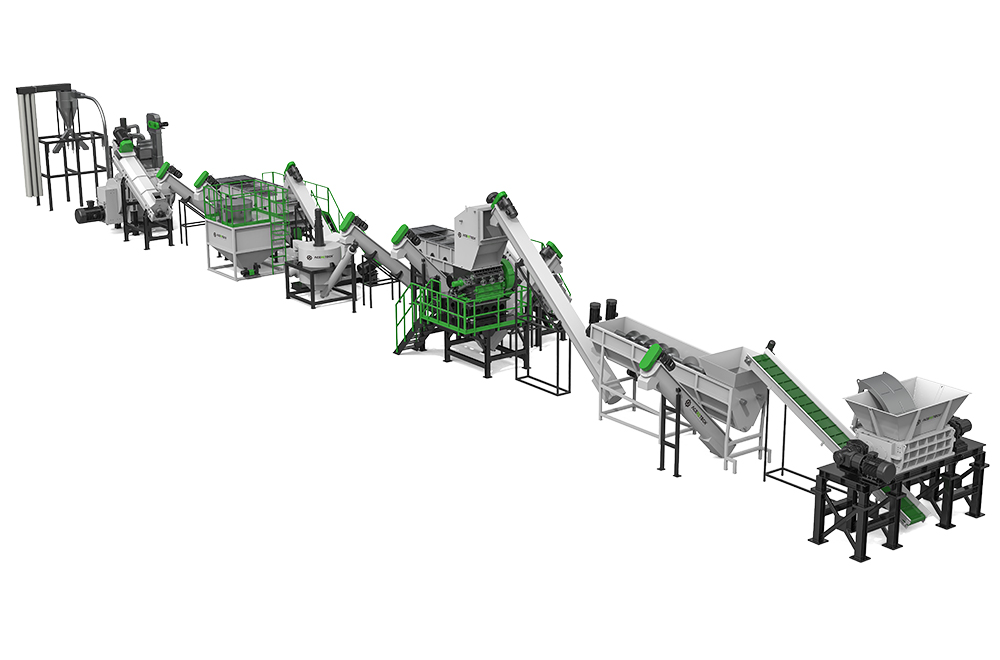
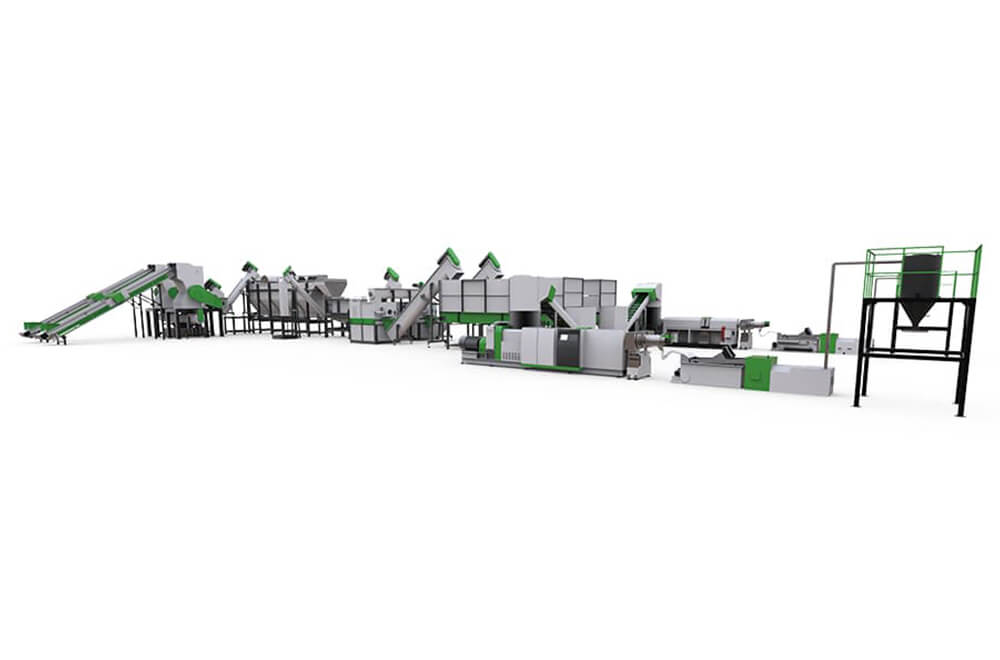
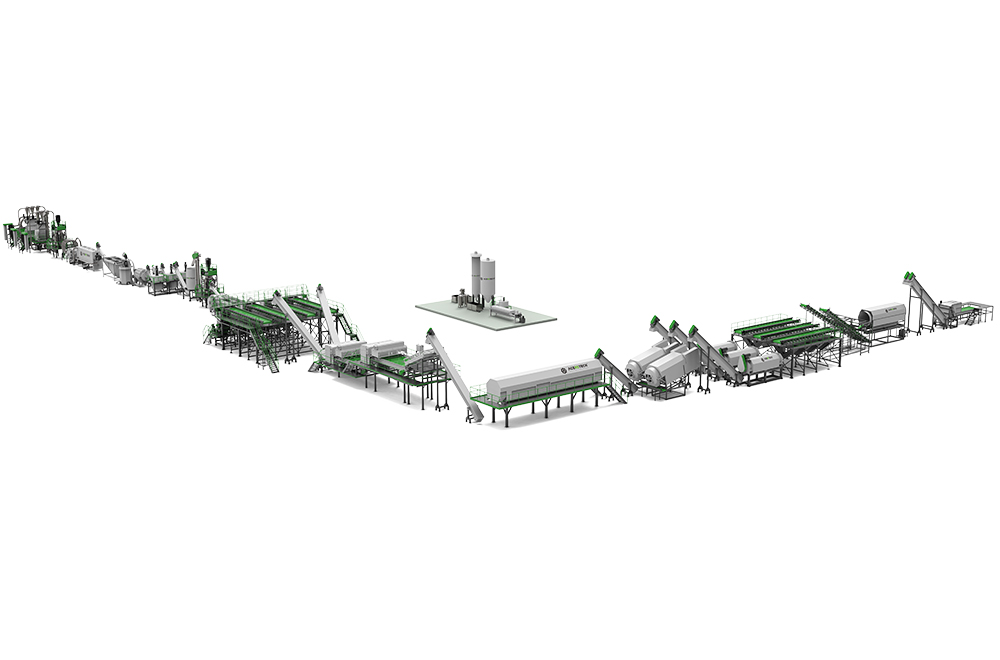
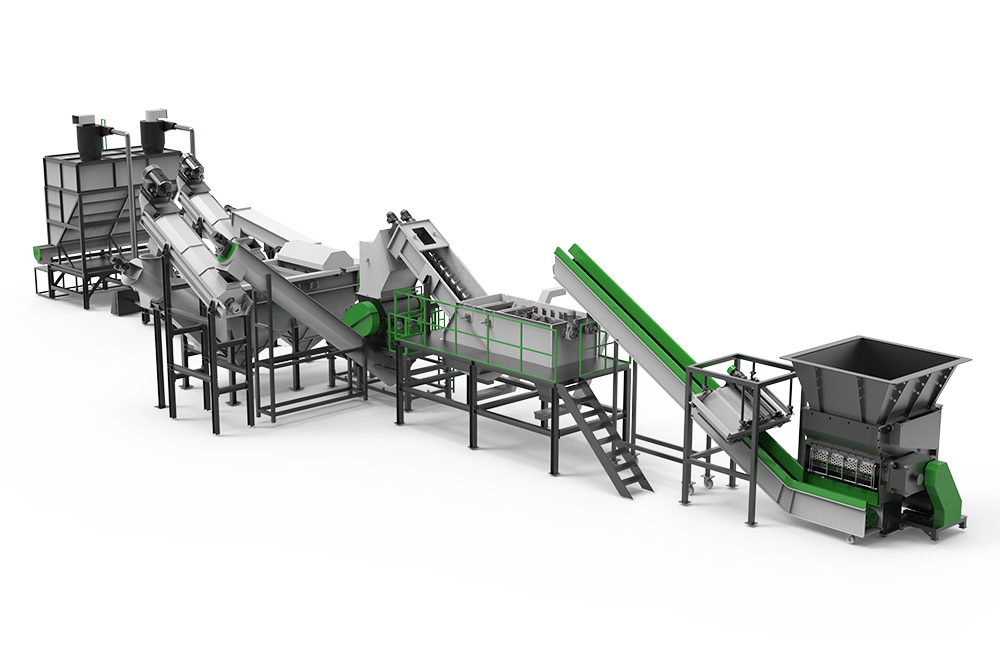
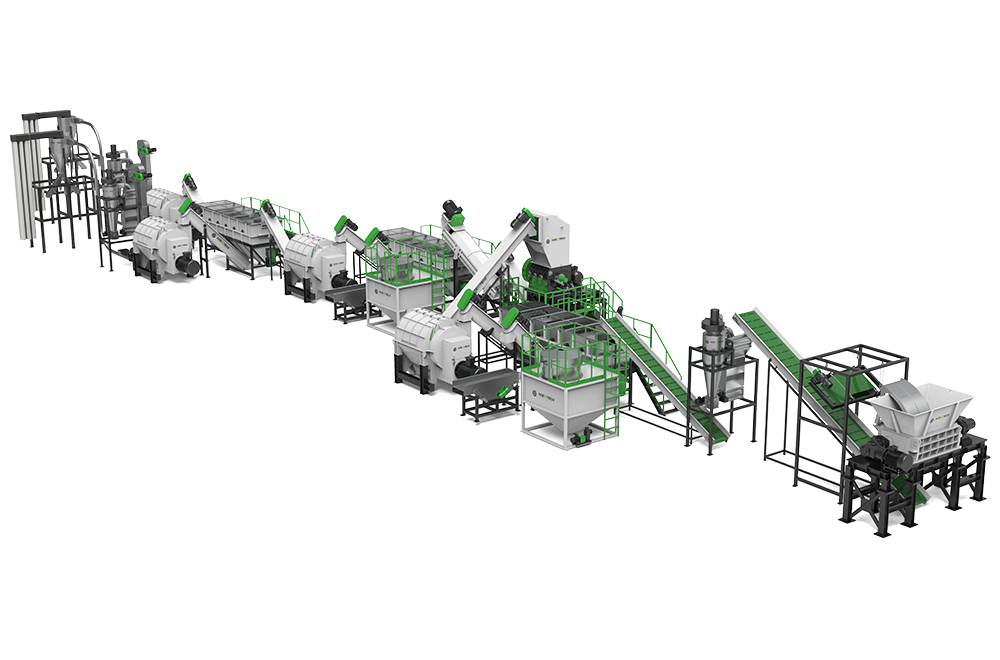
.jpg)
.jpg)
.jpg)
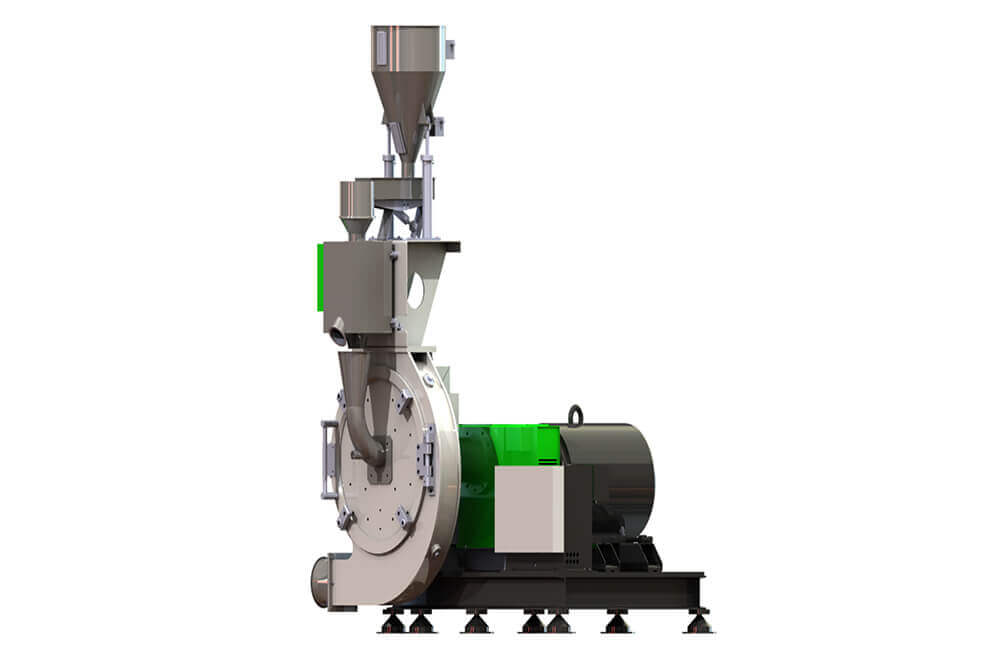
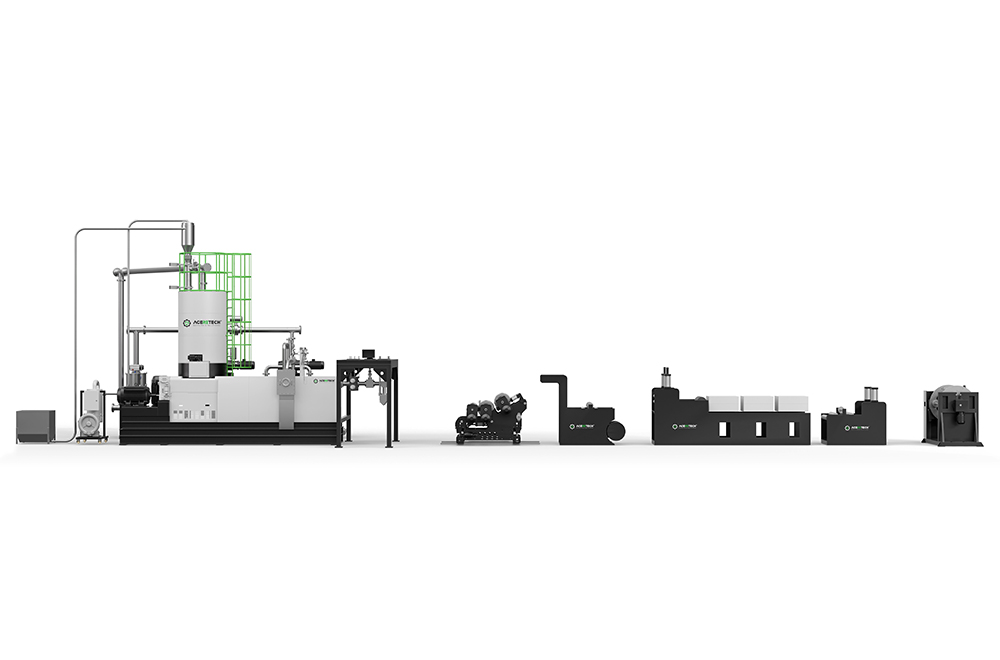
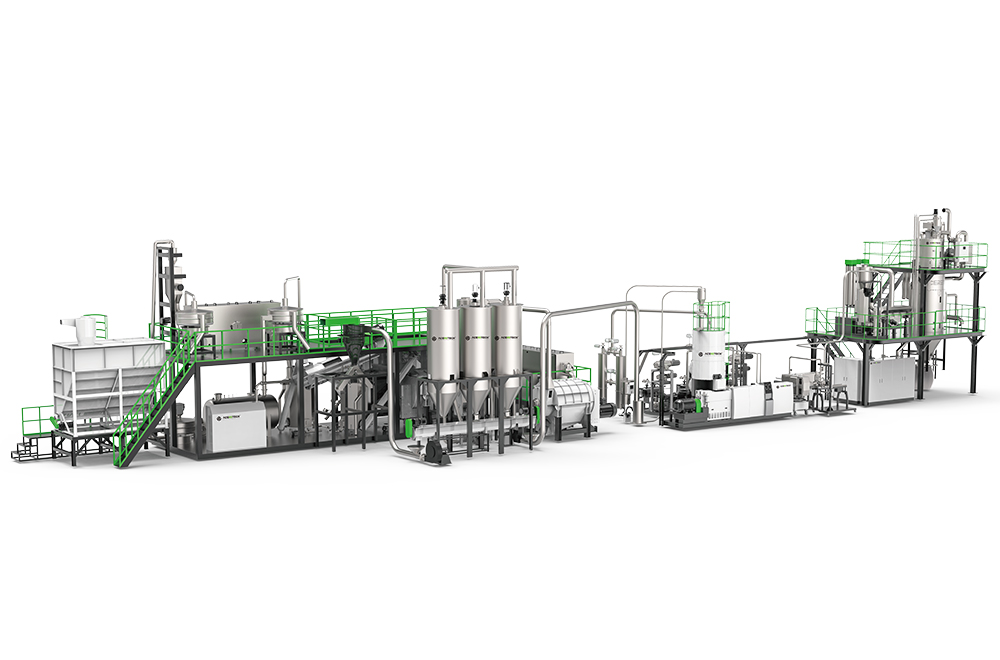
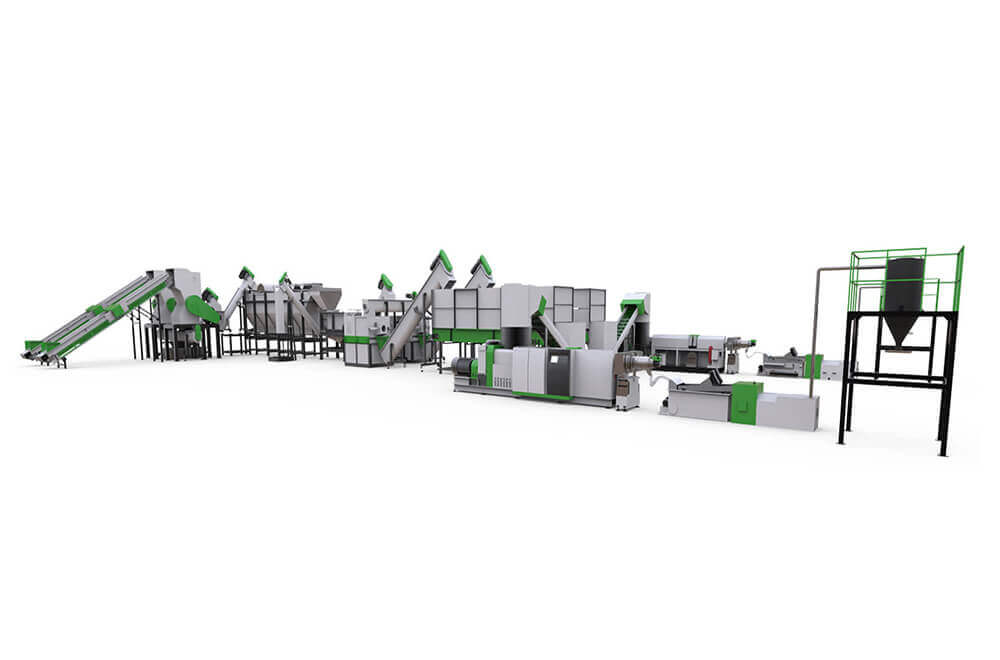
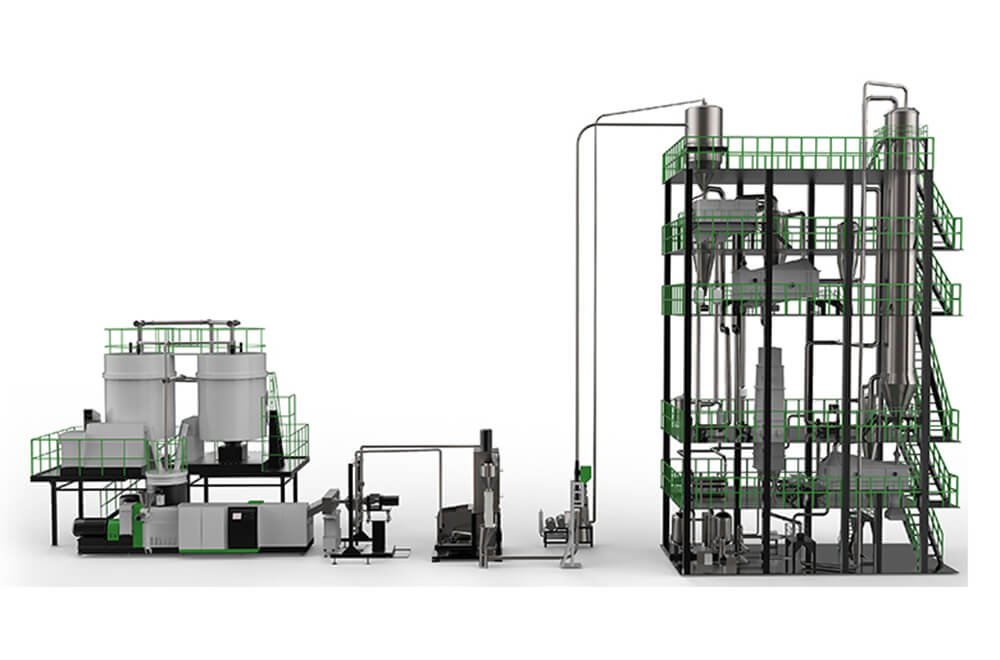
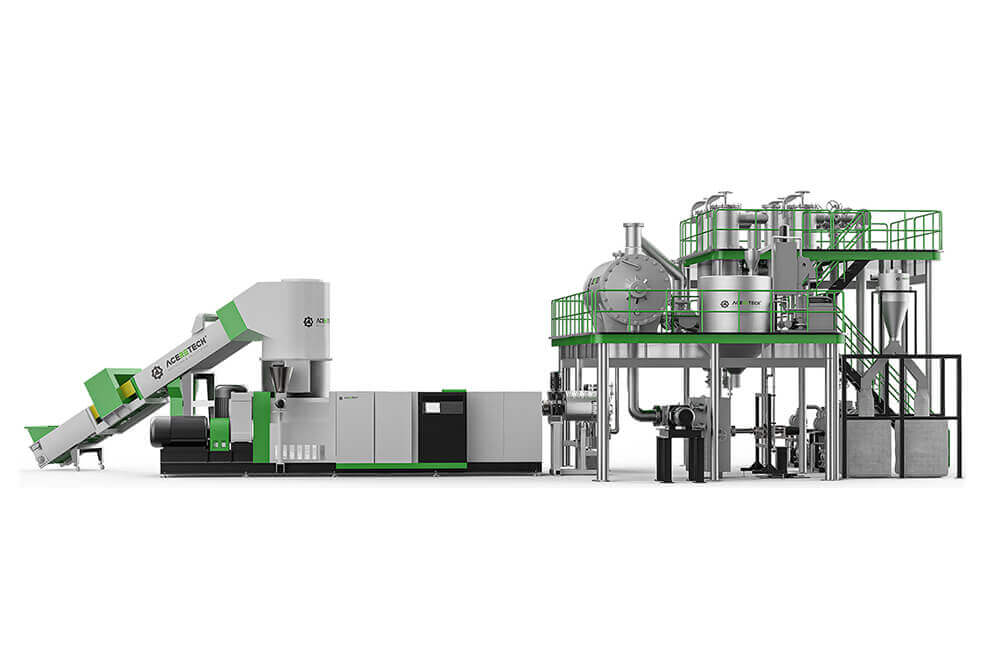
.jpg)

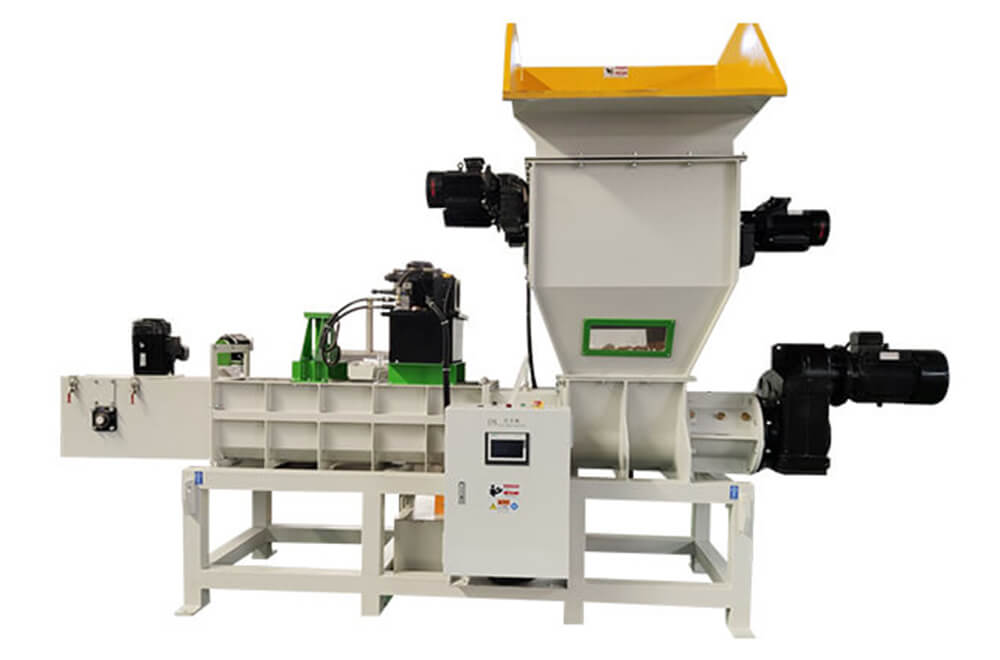
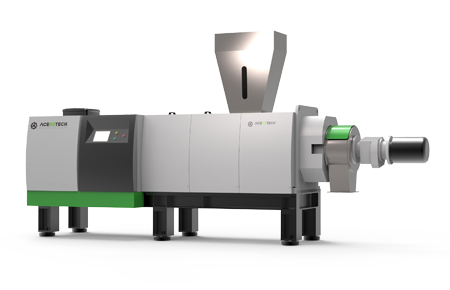
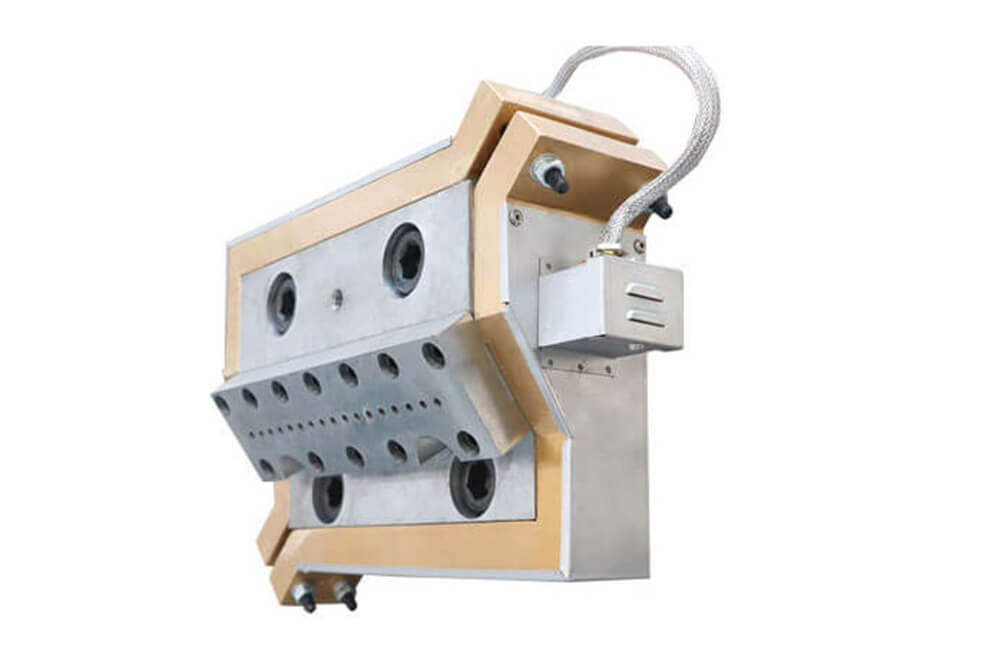
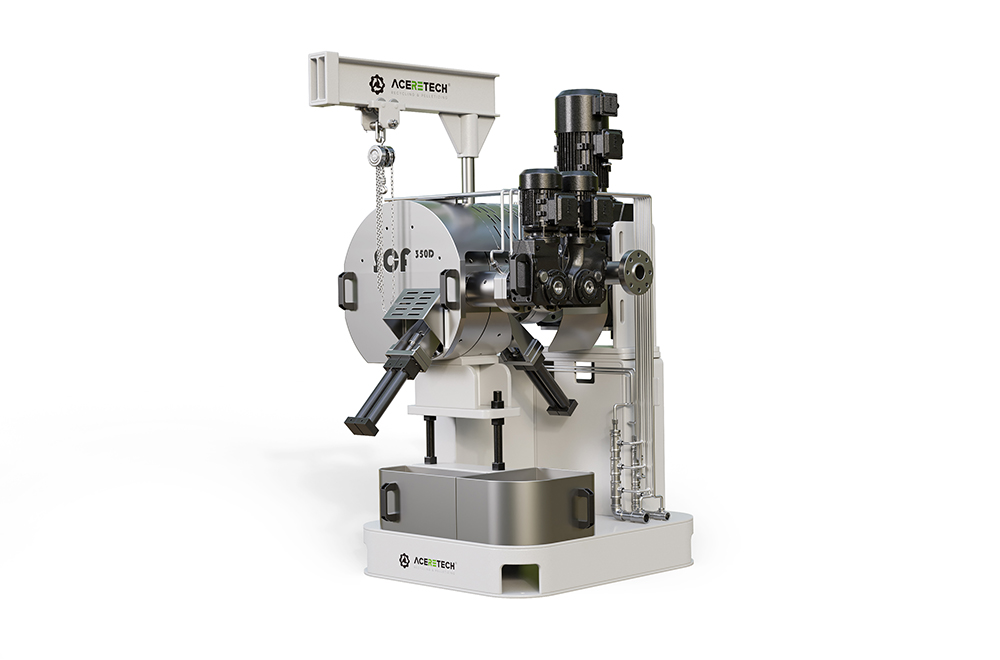
 Contact Us
Contact Us



